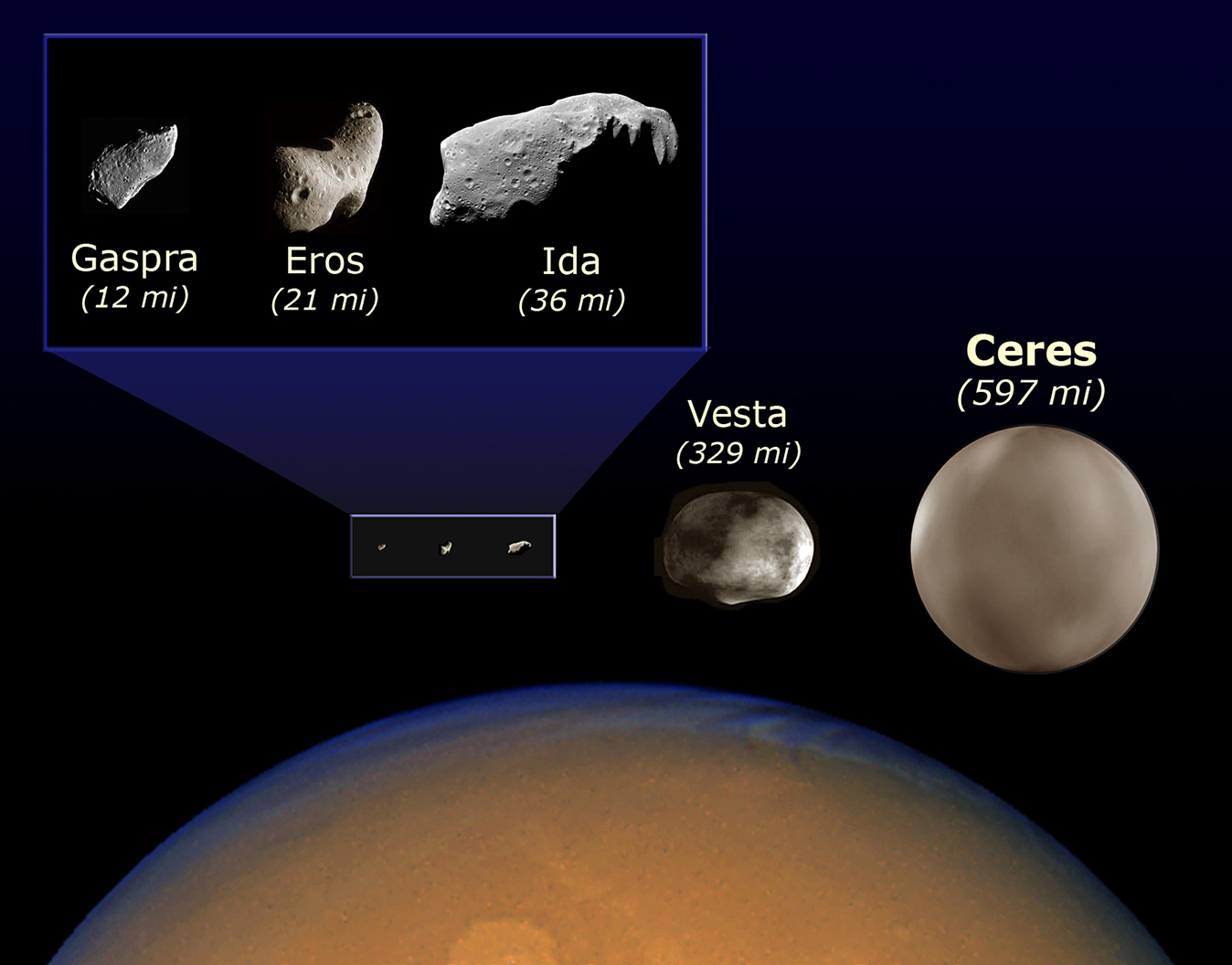3-7-14: Meteor Showers
What happens when a meteor starts smelling?
A METEOR SHOWER! Ha-Ha-Ha
Seriously, now that we have learned the difference between asteroids, meteors and meteorites it is time to find some. Actual meteorites are hard to find but if you know when to look up you can see many meteors shooting through the night sky. Below is a calendar and article about viewing meteor showers. Let's see if we can find a time to see some cosmic showers!
2014 Meteor Showers
The next meteor shower is the Lyrids on the night of April 21
The Lyrids are a modest shower, with perhaps a dozen or two meteors per hour at best. The Moon is in its waxing gibbous phase, so it fills the sky with light for most of the night. It sets a couple of hours before sunrise, though, providing a brief viewing window before morning twilight erases the fireworks.
| Name |
Date of Peak |
Moon |
| Quadrantids |
2-Jan |
Just past new |
| Lyrids |
21-Apr |
Rises around 3 am |
| Eta Aquarida |
5-May |
Sets after Midnight |
| Comet 209 P/L |
Night of May 23 |
Early morning/
crescent |
| Perseids |
12-Aug |
|
| Orionids |
21-Oct |
Cresecent |
| Leonids |
November 16 &17 |
Crescent |
| Geminids |
13-Dec |
|
NOTES These are approximate times for the Lower 48 states; actual shower times can vary. Bright moonlight makes it difficult to see all but the brightest meteors.
What is a meteor shower?
A meteor shower is a spike in the number of meteors or "shooting stars" that streak through the night sky.
Most meteor showers are spawned by comets. As a comet orbits the Sun it sheds an icy, dusty debris stream along its orbit. If Earth travels through this stream, we will see a meteor shower. Although the meteors can appear anywhere in the sky, if you trace their paths, the meteors in each shower appear to "rain" into the sky from the same region. Meteor showers are named for the constellation that coincides with this region in the sky, a spot known as the radiant. For instance, the radiant for the Leonid meteor shower is in the constellation Leo. The Perseid meteor shower is so named because meteors appear to fall from a point in the constellation Perseus.
What are shooting stars?
"Shooting stars" and "falling stars" are both names that describe meteors -- streaks of light across the night sky caused by small bits of interplanetary rock and debris called meteoroids vaporizing high in Earth's upper atmosphere. Traveling at tens of thousands of miles an hour, meteoroids quickly ignite from the searing friction with the atmosphere, 30 to 80 miles above the ground. Almost all are destroyed in this process; the rare few that survive and hit the ground are known as meteorites.
When a meteor appears, it seems to "shoot" quickly across the sky, and its small size and intense brightness might make you think it is a star. If you're lucky enough to spot a meteorite (a meteor that makes it all the way to the ground), and see where it hits, it's easy to think you just saw a star "fall."
How can I best view a meteor shower?
Get away from the glow of city lights and toward the constellation from which the meteors will appear to radiate. For example, drive north to view the Leonids. Driving south may lead you to darker skies, but the glow will dominate the northern horizon, where Leo rises. Perseid meteors will appear to "rain" into the atmosphere from the constellation Perseus, which rises in the northeast around 11 p.m. in mid-August.
After you've escaped the city glow, find a dark, secluded spot where oncoming car headlights will not periodically ruinyour sensitive night vision. Look for state or city parks or other safe, dark sites.
Once you have settled at your observing spot, lie back or position yourself so the horizon appears at the edge of your peripheral vision, with the stars and sky filling your field of view. Meteors will instantly grab your attention as they streak by.









 http://www.brainpop.com/science/space/asteroids/
http://www.brainpop.com/science/space/asteroids/